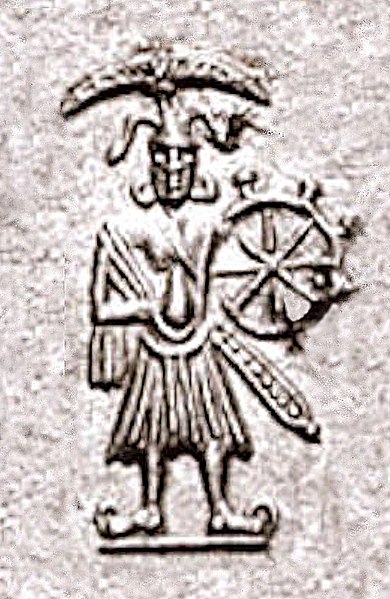Sri Vaishnavism is a denomination within the Vaishnavism tradition of Hinduism. The name refers to goddess Lakshmi, as well as a prefix that means "sacred, revered", and the god Vishnu, who are together revered in this tradition.
The Ranganathaswamy Temple of Srirangam is the largest Hindu temple in India.
Tenkalai Sri Vaishnava urdhva pundram
Sri Kanchi Prativadibhayankar Jagadguru Anantacharya Gaddi Swamiji, the spiritual preceptor of Tridandi Swami Vishwaksenacharyaji
Vadagalai Sri Vaishnava Urdhva Pundram
Vaishnavism is one of the major Hindu denominations along with Shaivism, Shaktism, and Smartism. It is also called Vishnuism since it considers Vishnu as the sole supreme being leading all other Hindu deities, that is, Mahavishnu. Its followers are called Vaishnavites or Vaishnavas, and it includes sub-sects like Krishnaism and Ramaism, which consider Krishna and Rama as the supreme beings respectively.
According to a 2010 estimate by Johnson and Grim, Vaishnavism is the largest Hindu sect, constituting about 641 million or 67.6% of Hindus.
Vaishnava traditions centre on Hindu god Vishnu (centre) and his avatars.
Heliodorus pillar in Vidisha, India.
Vāsudeva on a coin of Agathocles of Bactria, circa 190–180 BCE. This is "the earliest unambiguous image" of the deity.
The inscription of the Heliodorus pillar that was made by Indo-Greek envoy Heliodorus in 110 BCE, in what is modern Vidisha (Madhya Pradesh). The inscription states Heliodorus is a Bhagavata devoted to the "God of gods" Vāsudeva.







